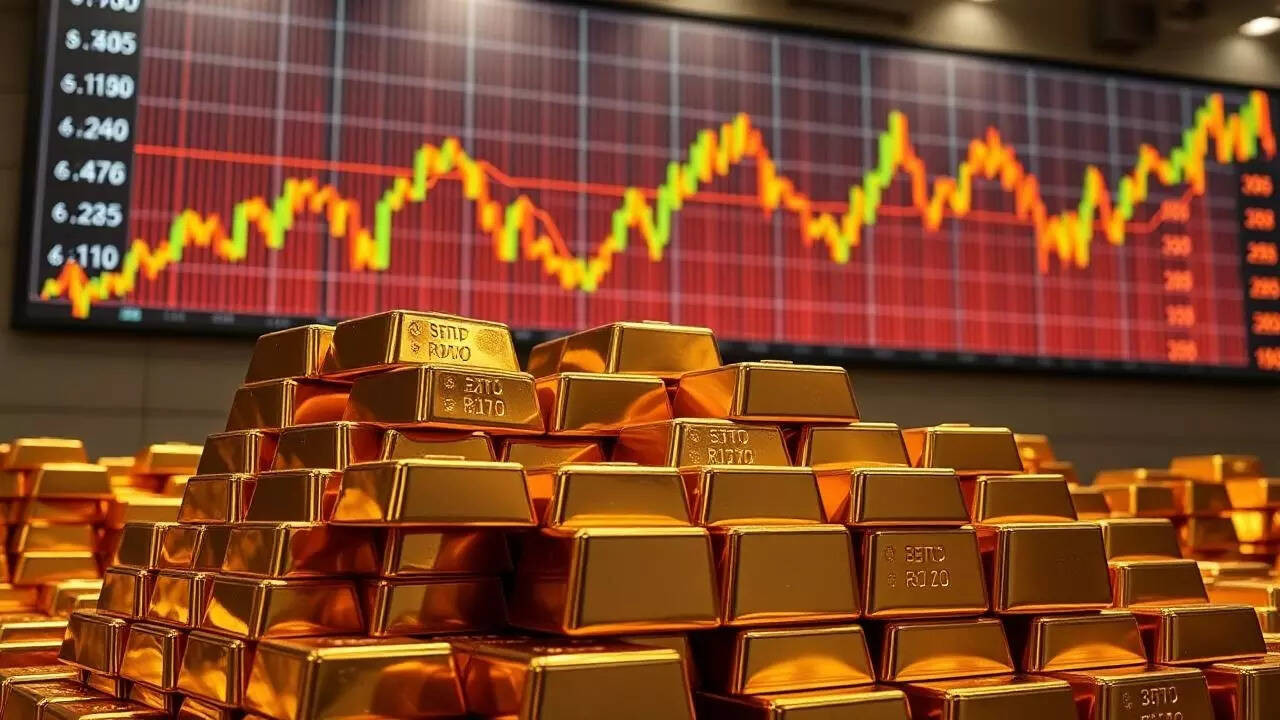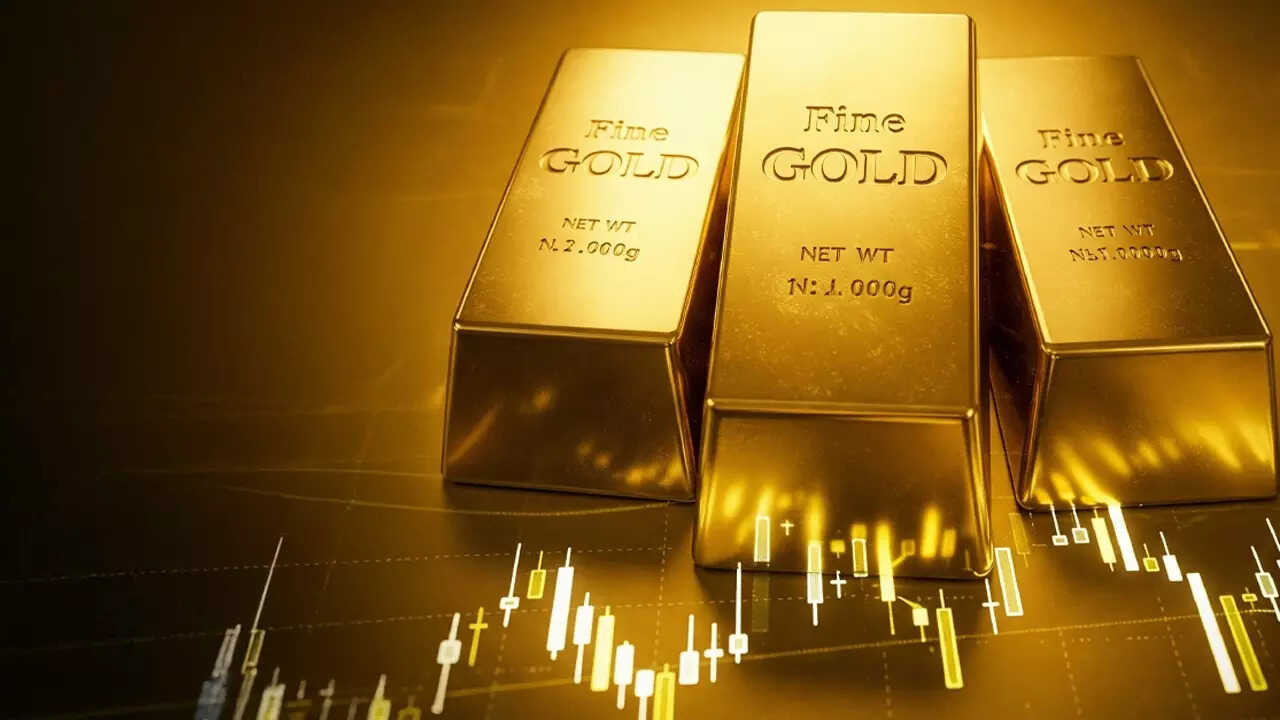Gold prices remain range-bound after hitting record highs, influenced by ongoing Trump’s trade war tensions. Silver may outperform gold in the long term.
Will Gold Glitter or Fade? A Dive into the Future of Gold Prices
The allure of gold is timeless. It’s been a symbol of wealth, a safe haven in turbulent times, and a shimmering adornment for millennia. But in today’s complex global economy, predicting the future of gold prices is less alchemy and more a delicate balancing act of understanding global events and economic undercurrents. So, what’s the tea leaf reading suggesting for the near future of the precious metal? Let’s unpack the factors at play.
The Trump Card: Tariffs and Their Ripple Effect on Gold
Talk of tariffs, specifically the potential for new trade barriers under a Trump administration, sends shivers down the spines of global markets. Why? Because tariffs disrupt established trade routes, potentially leading to inflation and economic uncertainty. Historically, gold has thrived in such environments. When investors lose confidence in traditional assets like stocks or currencies, they often flock to gold as a safe store of value. A renewed tariff war, therefore, could very well provide a boost to gold prices. The fear alone can be enough to cause a surge, as investors preemptively seek shelter from the storm.
Decoding MCX Gold Futures: A Glimpse into Market Sentiment
The Multi Commodity Exchange (MCX) in India provides a valuable window into the near-term sentiment surrounding gold. Futures contracts, which are agreements to buy or sell gold at a specific price and date in the future, reflect what traders anticipate the price will be. Watching the trends in MCX gold futures can give you a sense of whether traders are generally bullish (expecting prices to rise) or bearish (expecting prices to fall). Sharp increases in trading volume, coupled with price increases, often signal a strong upward trend. These indicators offer clues about immediate future movements of gold prices.
<img src="image-of-gold-bullion.jpg" alt="Close-up of gold bars reflecting market stability and gold price prediction.” width=”600″ height=”400″>
Silver’s Shadow: Understanding the Interplay
Gold doesn’t exist in a vacuum. Its price is often intertwined with other precious metals, most notably silver. While gold is primarily seen as a store of value, silver has significant industrial applications. Therefore, its price is influenced by both economic uncertainty (like gold) and industrial demand. When silver prices rise alongside gold, it can indicate a broad-based increase in precious metal demand, driven by a mix of safe-haven buying and optimism about economic growth (boosting industrial demand for silver). Conversely, if silver lags behind gold, it may suggest that gold’s rise is primarily driven by fear and uncertainty, which might be a less sustainable long-term trend.
Inflation’s Impact: A Double-Edged Sword
Inflation is often cited as a driver of gold prices. The logic is simple: as the purchasing power of fiat currencies erodes, the intrinsic value of gold becomes more attractive. However, the relationship isn’t always straightforward. Rising interest rates, often implemented to combat inflation, can make bonds and other interest-bearing assets more appealing than gold, potentially dampening demand. The key is to watch the real interest rate (the nominal interest rate minus inflation). If real interest rates are negative, gold tends to perform well, as investors seek alternatives to inflation-eroded returns.
Geopolitical Tensions: The Unpredictable Wildcard
Beyond economic indicators, geopolitical events play a significant role in shaping gold prices. Wars, political instability, and international crises often trigger a flight to safety, benefiting gold. Predicting these events is, of course, impossible, but staying informed about global hotspots and potential flashpoints is crucial for anyone tracking gold prices. Consider for example how conflicts in the Middle East have historically impacted safe-haven assets; being mindful of these patterns can help contextualize future price movements. For more insights into factors affecting investments, see our article on [Navigating Market Volatility](internal-link-to-market-volatility-article).
Projecting Ahead: No Crystal Ball, Just Careful Analysis
So, where does all this leave us? Predicting the exact future of gold prices is impossible. Macroeconomics is complex, and events have a way of confounding expectations. However, by closely monitoring factors like trade policies, MCX futures, silver prices, inflation, interest rates, and geopolitical tensions, investors can gain a more informed perspective on the potential direction of gold prices. Gold remains a complex investment with factors affecting it from all directions.
Ultimately, the future of gold will depend on the interplay of these powerful forces. The key to understanding, and potentially profiting from, gold’s movement lies in staying informed, remaining flexible, and critically assessing all the available data.







